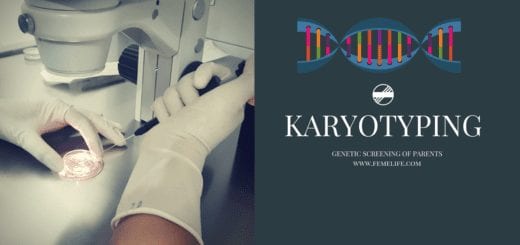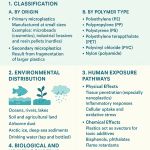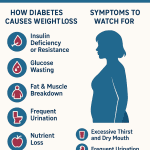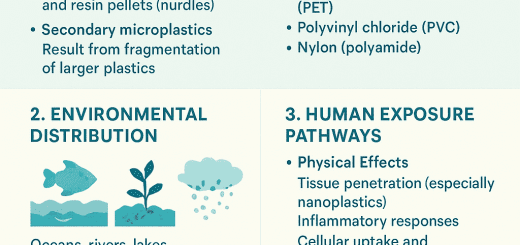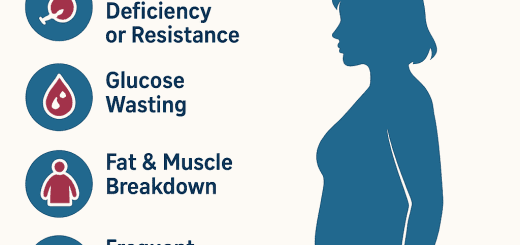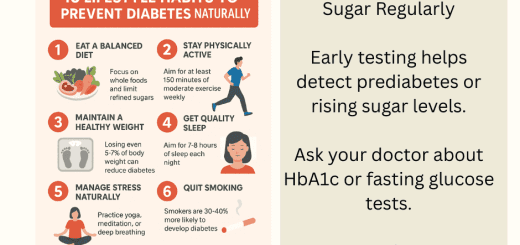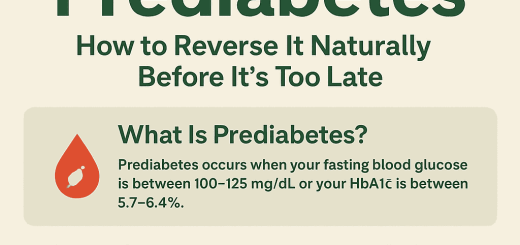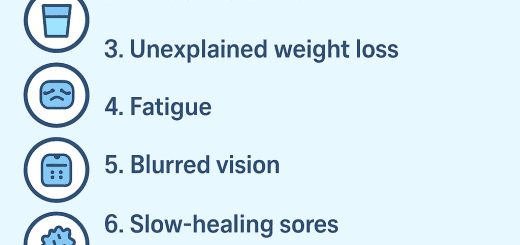Cancer Screening: Prevent Cancer Death

Cancer Screening
The main targets of cancer screening are to: Early identification of the cancer when it is in a treatable condition and reduce the number of people who die from the disease.
What are the types of Breast cancer Screening tests?
- Mammography. Mammography is a type of x-ray that can show tumors or irregularities in the breast n very early stage when it can be treated safely.
- Clinical breast examination. We can detect mass or lump in the breast manually . A medical professional looks and feels for any changes in the breast’s size or shape and skin of the breasts and nipples.
- Breast self-examination. woman looks and feels for changes in her own breasts.
- Magnetic resonance imaging (MRI).This test is helpful for women with a higher risk of breast cancer, those with dense breasts, or when a lump is found during a breast examination.
What are the types of Cervical cancer Screening tests?
- Human papillomavirus (HPV) testing. This test may be done alone or combined with a Pap smear test . An HPV test may also be done on a sample of cells from a woman’s vagina that she can collect herself.
- Pap smear. A Pap smear, also called a Pap test, is a screening procedure for cervical cancer. It tests for the presence of precancerous or cancerous cells on the cervix. This test also uses cells from the outside of a woman’s cervix. A pathologist then identifies any precancerous or cancerous cells. This cancer srcreening test may be combined with HPV testing.
Increased testing. Doctors may run additional cancer srcreening tests that a person may not need because of overdiagnosis and false positives. These tests can be physically invasive, costly, and cause unnecessary stress and worry.
What are the types of Colorectal Cancer Screening tests?
- Colonoscopy. This is a way of direct visualisation of the colon and its disease through a camera. This helps in examination of the large bowel and the distal part of the small bowel with a CCD cameraor a fiber optic camera on a flexible tube passed through the anus. It can provide a visual diagnosis (e.g., ulceration, polyps) and grants the opportunity for biopsy or removal of suspected colorectal cancer lesions. During this cancer screening procedure, the doctor inserts a flexible, lighted tube called a colonoscope into the rectum. The doctor is able to check the entire colon for polyps or cancer.
- Sigmoidoscopy. The doctor uses a flexible, lighted tube called a sigmoidoscope to check the lower colon for polyps and cancer. The doctor cannot check the upper part of the colon with this test.
- Fecal occult blood test (FOBT). This test finds blood in the feces, or stool, which can be a sign of polyps or cancer. There are two types FOBT: guaiac and immunochemical.
- Double contrast barium enema. This is an x-ray examination of the colon and rectum. The barium enema helps the outline of the colon and rectum stand out on the x-rays. Doctors use this test to screen people who cannot have a colonoscopy.
- Stool DNA tests. This cancer srcreening test analyzes DNA from a person’s stool sample to look for cancer. It uses DNA changes found in polyps and cancers to help a doctor decide whether a colonoscopy is needed.
How the Lung cancer Screening is done?
- Low-dose helical or spiral computed tomography (CT) scan. A CT scan creates a three-dimensional picture of the inside of the body with an x-ray machine. A computer then combines these images into a detailed, cross-sectional view that shows any abnormalities or tumors.
How the Prostate cancer screening is done?
- Digital rectal examination (DRE). A DRE is a test in which the doctor inserts a gloved lubricated finger into a man’s rectum and feels the surface of the prostate for any irregularities.
- Prostate-specific antigen (PSA) test. This cancer srcreening blood test measures the level of a substance called PSA. PSA is usually found at higher-than-normal levels in men with prostate cancer. However, a high PSA level may also indicate conditions that are not cancerous.
How the Skin cancer Screening is done?
- Complete skin examination. A doctor checks the skin for signs of skin cancer.
- Skin self-examination. People examine their entire body in a mirror for signs of skin cancer. It often helps to have another person check the scalp and back of the neck.
- Dermoscopy. A doctor uses a handheld device to evaluate the size, shape, and pigmentation patterns of skin lesions. Dermoscopy is usually used to for the early detection of melanoma.
There can be risks of screening procedures: False positives. Sometimes a screening test will suggest that a person has cancer when they do not.

Read More








